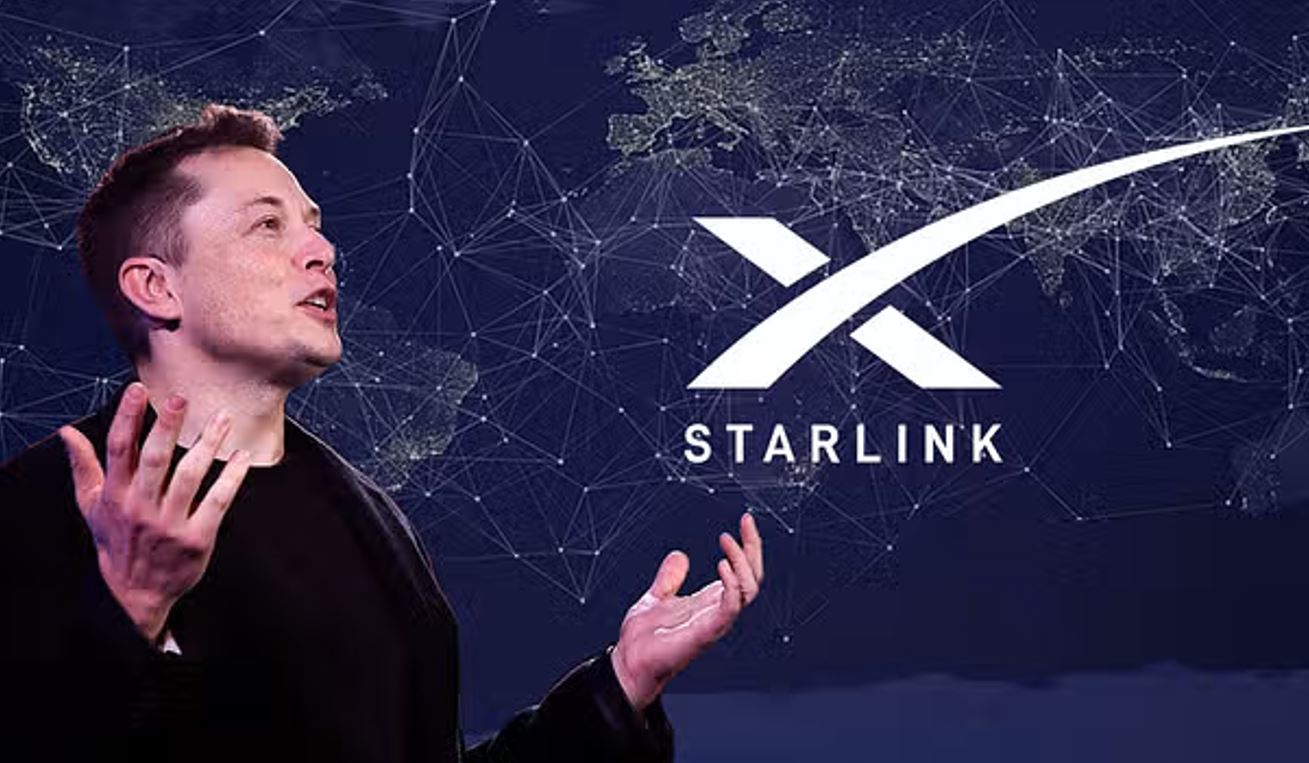advertisement
Kenya’s New Licensing Fees And The Future of Satellite Internet

In a country where Internet connectivity is both a lifeline and a luxury, Starlink’s arrival was heralded as a game-changer. Offering satellite internet to regions long ignored by traditional providers, the Elon Musk-backed company promised an end to Kenya’s digital isolation. But this promise now faces a new hurdle: fresh licensing fees imposed by the Communications Authority (CA) of Kenya.
The new rules demand that Starlink either pay $4 million annually or 0.4 percent of its turnover, in addition to an existing $15 million license fee. While this may seem like a mere drop in Starlink’s financial ocean, the decision has triggered heated debates about the fairness, consistency, and potential ripple effects of such regulations.
Passing the Cost to Consumers?
advertisement
For Kenyans, already grappling with rising costs of living, this development raises critical questions. Will Starlink absorb the additional fees, or will it pass them on to consumers? As one commentator noted, there’s likely enough demand for Starlink’s service that customers may tolerate higher prices, particularly if they see it as an alternative to local giants like Safaricom. Starlink, after all, offers something unique: high-speed, reliable internet in even the remotest corners of the country.
Critics, however, argue that these fees could make Starlink’s services less accessible to the very communities it seeks to serve. With connectivity costing an average family $110 per month – double or triple the rates of some local providers – Starlink is already seen as a premium product. Adding to this cost may exacerbate the digital divide rather than bridging it.
Inconsistencies in Policy?
advertisement
Beyond the consumer impact lies a broader question of regulatory fairness. Unlike terrestrial broadband providers, whose fees are linked to the physical resources they consume, such as spectrum licenses, Starlink’s fees are pegged to its revenue. This approach has raised eyebrows, with some arguing that it represents an inconsistent model of governance.
Satellite operators like Starlink use inter-satellite links to route data through ground stations across continents. Kenyan traffic may not necessarily terminate in Kenya, making it difficult to define or measure “local” revenue. This leaves room for ambiguity, and perhaps exploitation, on both sides.
“Why should Starlink, whose services rely on satellite-to-satellite data links, pay fees based on revenue when terrestrial providers don’t?” questioned one industry insider.
advertisement
The CA defends its move as an effort to ensure “technology neutrality” and level the playing field. But cynics see this as a veiled attempt to squeeze more revenue out of a profitable global brand.
A Gateway to Growth or Latency?
Starlink’s challenges don’t stop at licensing fees. The company’s plans to activate a local gateway in Kenya aim to improve latency, a key factor for high-performance internet services. But with the new revenue-based fees, Starlink might think twice before investing further in local infrastructure.
For Kenya, this presents a double-edged sword. On one hand, the country needs local investments to build a robust digital economy. On the other, overly aggressive regulation could stifle innovation and drive companies to look elsewhere.
The Bigger Picture
Kenya is not alone in grappling with how to regulate next-generation connectivity. Across the globe, policymakers face similar dilemmas: How do you balance attracting foreign tech giants while protecting local markets? How do you regulate emerging technologies without discouraging their growth?
For now, the onus is on the Communications Authority to refine its licensing framework. A more transparent, consistent, and predictable model could ensure that both Starlink and its competitors contribute meaningfully to Kenya’s digital landscape without placing undue burdens on either providers or consumers.
Ultimately, the success of satellite internet in Kenya will depend not just on the regulatory environment but also on how well Starlink and others deliver on their promises of connectivity for all. And as the debate rages on, one thing remains clear: the sky is no longer the limit, it’s the battleground.